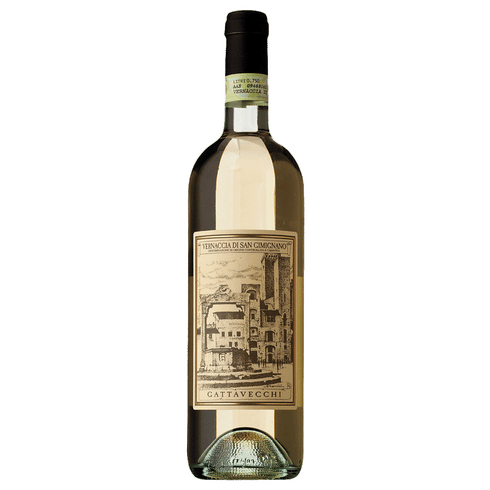Ever since I retired (in 2013) I've thought about retrieving my trumpet from the basement and start playing again. I did play in the school band all through high school and at college in the University of Minnesota Football Marching Band! After the U, I played in an alumni pep band for a few years. But gradually work and family and other things took over my life, and I quit playing.
Spoiler Alert: If you came to this post looking for the recipe, it's at the end. If you want to skip all the blather about my trumpet, just scroll down for the Nutty Oat Bar recipe.
Playing my trumpet has always been on my list of things to do in retirement. But I've been busy with grandchildren and volunteer work and gardening and cooking and biking, and until now, travel. My grandchildren all take piano lessons (from my wife). I've often thought it would be fun to play some easy trumpet and piano duets with them. Also, one of my grandsons took up the clarinet this year. I thought we could play duets too.
I've been at it now for a week. It's been a little humiliating. Don't get me wrong. I didn't expect to pick it up and be back at the level I was in college. (That was more than 45 years ago.) But I've encountered a couple of physical hurdles.
 |
| Me in the Marching Band, 1973 |
One is my eyes. I was planning to have surgery this spring to have my cataracts removed. As is typical with cataracts, my eyesight deteriorated gradually and as it did, I was able to adapt. But that didn't include reading music, and much to my surprise, I'm finding that I'm having trouble with that. With the music set up on a makeshift stand, it's too far away for me to see clearly. I have trouble distinguishing which notes are on the lines and which are on the spaces. If I try to move closer to the music, it's too close to hold my trumpet.
Cataract surgery is elective. In response to the pandemic, all elective surgeries in Minnesota are banned. So no eye surgery for a while yet. (One more thing, barbershops and hair salons are closed. I haven't had a haircut in 2 months. My hair stylist expects to be able to see clients in May. I have an appointment on the calendar. But by the time I get in to see her, my hair might look like it did when I was in college. See photo. Well, it's gray, but at least I still have hair.)
The other physical hurdle I've encountered is that my lip is completely shot. When I picked up my horn again, I could barely play an entire octave. In the week that I've been practicing, I've regained some of my range. But it's slow progress.
Sort of in jest, I told my wife she should see if I become a better kisser as my embouchure strengthens. She didn't think it was funny. But I was struck by the similarity of the word embouchure to the French word "embrasser" meaning "to kiss." So I looked it up. It was close. Embouchure is actually derived from the French word "bouche" meaning "mouth."
Now, for those of you who have waited patiently, next is the recipe. I've had this in my file since January of 2015. I got it from the Washington Post, and it's still available there. But in order to see it online you have to have a subscription. So I'm reprinting it below.
I expected it to be like a homemade granola bar. I like how it turned out, but I was a little surprised that it wasn't very sweet. The only sweetener in it is maple syrup. The recipe calls for unsweetened applesauce. I suppose if you wanted it to be sweeter, you could try using sweetened applesauce. Also, my son commented that he thought it could use more of the dried cranberries, and that also would add some more sweetness to the end product.
Nutty Oat Bars
Deb Lindsey for The Washington Post
JAN 28, 2015
INGREDIENTS
- 1 cup rolled oats (do not use instant or quick-cooking oats)
- 3/4 cup whole-wheat flour
- 1 teaspoon ground cinnamon
- 1/4 teaspoon salt
- 1/2 cup maple syrup
- 1/3 cup plain, unsweetened applesauce
- 1/4 cup canola oil or safflower oil
- 1 large egg, lightly beaten
- 1/2 cup chopped dried cranberries, preferably unsweetened
- 1/2 cup finely chopped walnuts
- 1/2 cup finely chopped, skin-on almonds
- 1/2 cup hulled, unsalted sunflower seeds
DIRECTIONS
Preheat the oven to 350 degrees. Grease an 8-inch square baking pan with cooking oil spray.
Whisk together the oats, whole-wheat flour, cinnamon and salt in a medium bowl.
Whisk together the maple syrup, applesauce, oil and egg in a separate bowl until well incorporated.
Stir in the oat mixture, then the dried cranberries, walnuts, almonds and sunflower seeds until evenly coated.
Spread the mixture in the pan; bake for about 30 minutes or until a toothpick inserted in the center comes out clean. Allow to cool completely, then cut into 12 equal-size bars.

























